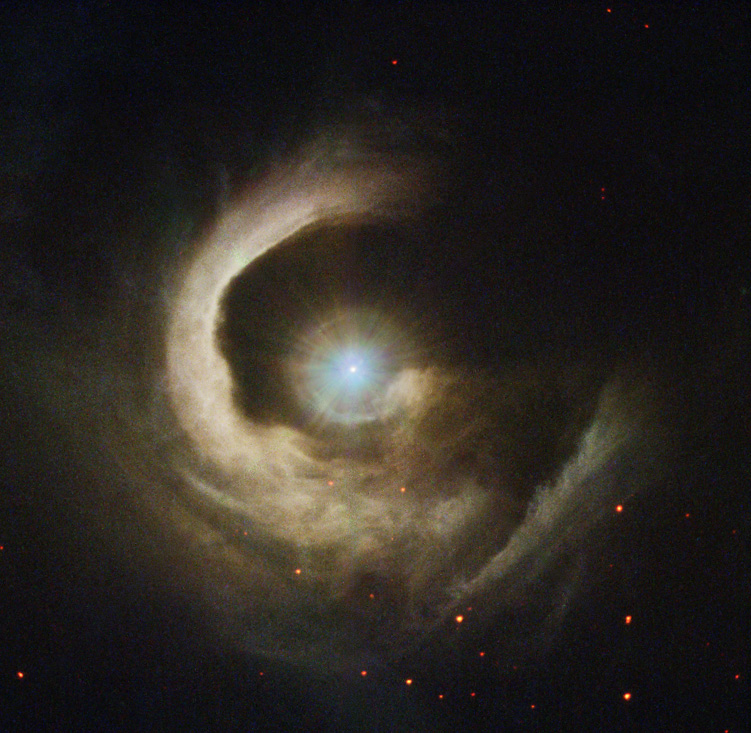starsurfer wrote:This is something I never expected to see on APOD! V1331 Cygni is one of many interesting stars associated with a nebula in this constellation, check
this closeup by Adam Block. It's nice that the description also includes a link to the 2013 paper, Bo Reipurth is one of the best researchers (of many in the world) of star formation.
Why did you never expect to see this on APOD starsurfer? Is it that images of dark clouds don't get the coverage they deserve perhaps? I note that it took all night for someone to comment about this. But I too am glad this image was provided. Following a chain of links led me to this about T-Tauri stars from the AAVSO:
About T Tauri stars
T Tauri stars are named for the prototype of the class, T Tauri. These objects are pre-main sequence stars and have recently emerged from the opaque envelope of stellar formation. Having recently coalesced from their dusty and gaseous surroundings, these stars now become visible at optical wavelengths. The clouds of dust and gas that condense are composed of mainly Hydrogen, some Helium, and some other trace elements. The clouds also contain small amounts of Lithium which is usually destroyed as the star evolves to the main sequence stage of life. Hence, Lithium is often an indicator of stellar youth. This spectral feature is seen in the atmospheres of the T Tauri stars, which implies, in the astronomical sense, that T Tauri stars are a young, low-mass stars that are contracting as they evolve toward the main sequence stage of stellar evolution. These stars often have large protoplanetary accretion disks left over from stellar formation. The general belief is that T Tauri stars are newly forming stars in the galaxy and may be growing in size through accretion. Brightness changes detected in these stars are not due to evolutionary effects, per se, but may be due to such processes as instabilities in the disk, violent activity in the atmosphere of the star, and may also be due in part to moving clouds of dust and gas from which they were conceived. "Stars with masses roughly 0.2 to three times the Sun's and with ages 100,000 to 1,000,000 years typify the T Tauri regime" (Cohen 1981).
Many of the T Tauri stars are found to reside in or near areas that are hidden by the Milky Way clouds. "We now know why this is so: those stars were born in those dark clouds, within the last 10 million years or so, and there has not been enough time for them to move very far from their birthplaces" (Herbing 1987). The Taurus-Auriga dark cloud is a known hot-bed of such stars.
Our own Sun presumably passed through the T Tauri stage some 4 1/2 billion years ago. Therefore, these stars may be able to offer us a peek into the evolution of our own Sun, solar system, as well as other planetary systems.
So people shouldn't overlook these dusty areas as of little interest. They are where new solar systems are being created.
Bruce
Just as zero is not equal to infinity, everything coming from nothing is illogical.
 LDN 988: Dark Nebula in Cygnus
LDN 988: Dark Nebula in Cygnus